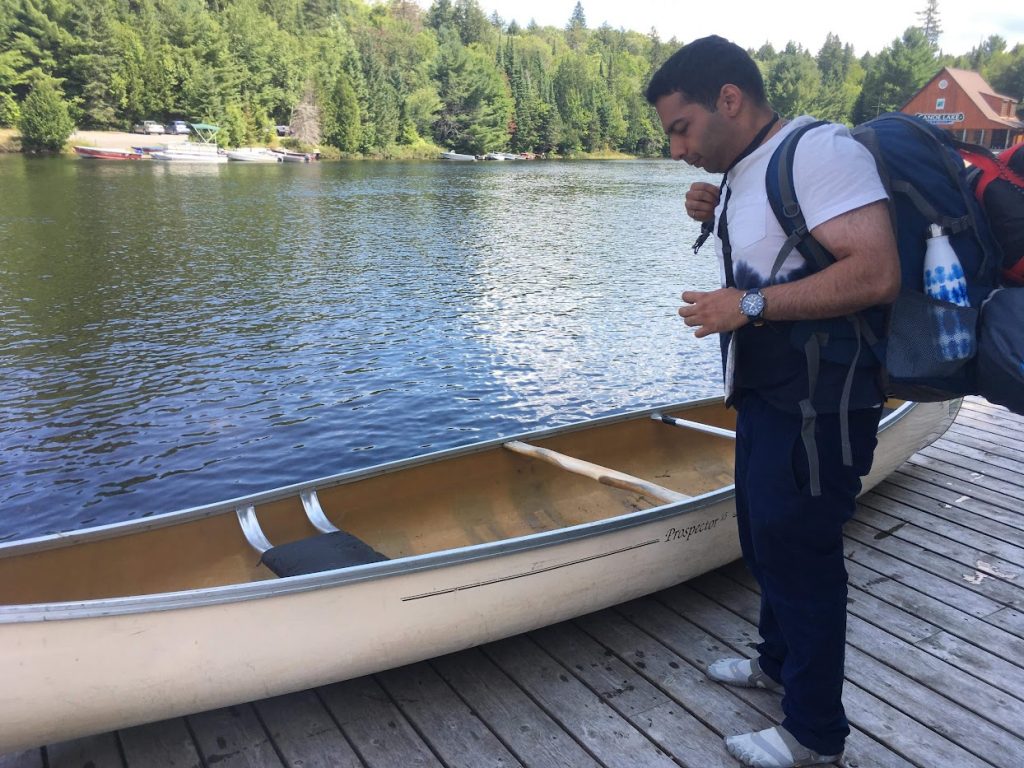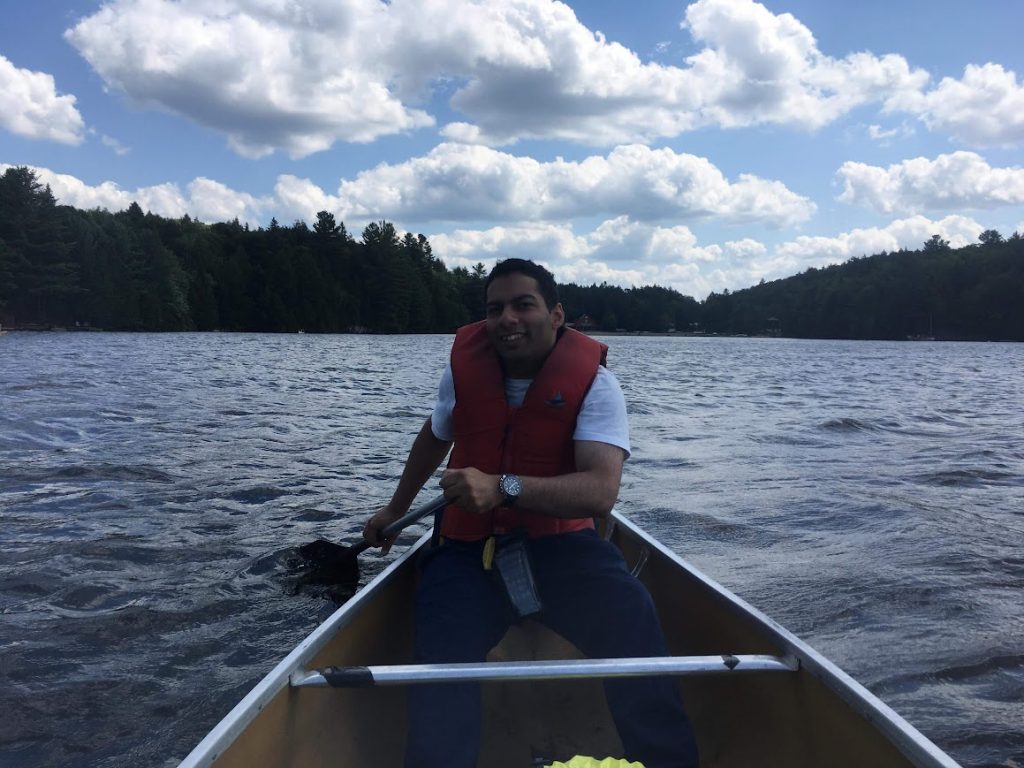One of the main challenges of an immersive space mod is having meaningful and uniquely challenging gameplay. The mistake that’s made by Galacticraft is that each planet is essentially just a re-skin of the moon, and the dungeons and mobs are uninspired. The gameplay and exploration is incredibly bland, and once you’ve completed the dungeon for the next tier rocket schematic, as well as collected enough Desh (which is plentiful), there is little reason to return to Mars and establish a base there.
I have had some time to sit down and work on what I would like to see in terms of unique challenges. This is just the bigger picture; naturally, it will require a lot of refinement and tweaking in order to make sure it isn’t frustrating for the player. The gameplay needs to be challenging, but not frustratingly so, which is the case with many games that are “challenging”.
When I posted the idea to reddit initially, someone suggested that the environment should be the challenge. This is a brilliant idea, as one of the key things to remember about space is that every little thing can and will kill you. Andy Weir said it quite eloquently in The Martian:
“When I was up there, stranded by myself, did I think I was going to die? Yes. Absolutely, and that’s what you need to know going in because it’s going to happen to you. This is space. It does not cooperate. At some point everything is going to go south on you. Everything is going to go south and you’re going to say ‘This is it. This is how I end.’ Now you can either accept that or you can get to work. That’s all it is. You just begin. You do the math, you solve one problem. Then you solve the next one, and then the next and if you solve enough problems you get to come home.”
That sense of danger, of being in the harshest environment known to man, must be ever present in a realistic space mod.
Of course, it will need to be somewhat forgiving: instant death won’t be a thing, but there will be a short window of opportunity to allow players to recover if they do the right things (all of which the mod will provide). Certain actions taken will have consequences, though not life-ending ones.
Without further ado, these are some of the ideas I had in mind.
Story progression and rewards can be heavily tied to the Advancements system that many modpacks use to gate progression. This allows for meaningful quests to tell a story.
The first part of the progression will involve building infrastructure to launch the first rocket. This involves building the core machines necessary to craft the basic blocks necessary for building rockets, engines, fuel tanks, and potentially cargo. The moon is automatically available without having to research the location beforehand, so all that is required is to build a rocket, fuel it, and launch it. Of course, the process to accomplish those 3 steps will be involved.
The progression to get to the moon will involve a branching Advancements system, which will converge to the final objective: travelling to the moon. Upon reaching the moon, a new Advancement section opens up for various tasks to be done on the moon.
While on the moon, there will be unique environmental challenges to overcome:
Meteorites will constantly strike the surface, and will destroy anything within a chunk, including any structure that is built on the moon. This destruction is completely unavoidable, but easily salvageable. Note that damage is done to only a single chunk, and only on a chunk without any player in it, so a cleverly designed moon base will allow for safe areas. The bear essentials for surviving the Moon’s environment will need to be on the player at all times, so as to quickly recover from the damage (the minimal survival equipment is dangerous to use long-term though, so always have proper protective equipment close). This destruction of blocks can trigger an advancement, requiring certain objectives to be completed in order to complete the Advancement. Example, if particular machine was destroyed (one that produced oxygen), then rebuilding that machine and infrastructure will grant the achievement.
The meteorite can also fall in a neighbouring chunk while the player is out exploring. This can result in debris being scattered and hitting the player, which will result in minor damage to the spacesuit and or any vehicle the player might be in. Frequently being hit by the debris will result in more lasting damage, requiring rebuilding the equipment in question. There will be Advancements for repairing or re-building the damaged equipment. If, for example, a piece of debris hits the helmet hard enough to break the helmet, the player will rapidly lose oxygen and start to suffocate. This will give players a few short minutes to get to some form of safety: a sealed vehicle, or structure, or even just enough time to quickly swap to a new helmet, which drastically reduces survival time. Eg. With a damaged helmet, it’ll be possible to survive for 5 minutes to get back to safety. Removing the helmet reduces that to a mere 15 seconds during which time, you can re-equip a helmet. To make things fair, the damage done to equipment will be minimal due to various events, and won’t break too quickly – the chances of breaking go up significantly the longer players spend out in the open environment. Removing other parts of the suit, for instance, just the forearm and wrist portion, will not be as damaging. This will allow for minor rips and tears to be instantly repaired, either using needle and thread, or using duct tape. Needle and thread will extend the durability of the item by a larger amount than duct tape (meaning that the item is guaranteed to break after a fixed amount of time, enough for the player to get back to safety). Emergency life-support equipment can be produced in a Life-support workstation (details to follow) with all items fitting inside a single Life-support kit (pouch).
In order to be able to establish a proper colony on the moon, a farm will need to be set up with the right environment to support life. This includes artificial atmospheres, a proper “greenhouse” setup (which can break due to meteor events), means of shielding from radiation (to increase the longevity of crops). Plants will eventually die out completely, resulting in no seeds being dropped (trees/saplings will not be able to grow on the moon). The chance of death is high, unless reduced through proper techniques. Artificial atmosphere will need to be created using liquid nitrogen and oxygen, which will last a sufficiently long time on the moon. The moon doesn’t have its own atmosphere, so regular supply missions of nitrogen and oxygen will need to be conducted to keep the atmospheric system running (plants will die immediately without an atmosphere, which will occur as soon as the greenhouse structure is destroyed). Plants may be grown on the moon using soil (specifically treated with nutrients for it to grow) or using hydroponics (with a constant supply of fertilizer being supplied to the water).
Any enclosed structure on the moon or any planet will require a double airlock system, requiring 2 sets of airlock doors, with an area in between for pressurization and depressurization. The structure can get damaged and lose its sealing capabilities after a random number of cycles (the failure won’t be catastrophic), and the chance of failure increases after a particular number of cycles. Failure will mean 1-10 blocks of the structure will disappear, requring the blocks be replaced to re-form the multiblock. Airlock systems will need to be supplied with a portal atmospheric regulator used specifically for each airlock, while the main structure will have a larger atmospheric regulator. Airlock systems will have a minimum and maximum size, which will change the amount of gases required to pressurize (gases lost due to opening airlock to the moon’s near-vacuum atmosphere).
Enclosed structures do not explicitly require an atmospheric regulator – it will only be required if the player wants to remove their spacesuit while inside an enclosed structure. A single regulator will be able to seal a large structure; the larger the structure, the more liquid nitrogen and oxygen will be needed to maintain the atmosphere, requiring a larger supply of both gases. The consumption rate of gases will be proportional to the size of the structure. Atmospheric regulators can be set up inside or outside of a structure. If outside, sealable piping blocks will be provided to pipe gases into the structure. Atmospheric regulators may accumulate its own gas if enough concentrations of the gas is available, to supplement the liquefied gases (though this will be minimal enough that liquefied gas will need to be supplied). Atmospheric regulators can take inputs in the form of gas, liquid, or a mix of both (eg. can be combined with an electrolyzer that can split water or CO2 into oxygen as an input, reducing the requirement for liquid oxygen; water may be accumulated from the environment if it exists in the form of vapour, and so can nitrogen).
Upon completion of various challenges on the Moon, players will be awarded with an item which will allow them to start building more advanced rockets, specifically, 3-stage rockets (payload + first + second stages). The Advancement will unlock the second stage items to be crafted (key components needed to build the second stage, such as the stage controller, stage engine, etc). This gates progression until completion of the Moon Advancements.
Upon building a 3-stage rocket and traveling to Mars, players will not be able to immediately land on Mars. They will need to establish an Orbiting station around Mars, and launch probes to research the Martian atmosphere. The other thing that will be required before arriving on Mars would be sending supply missions to Mars, with enough materials to build infrastructure (fueling and launch) on Mars. This will allow players to get back to the Martian spacestation. From there, they will need to figure out the best way to travel back to Earth.
Interplanetary travel will depend on the rocket equation, and calculated values of deltaV . Escape velocity for planets will be important, as well as the deltaV required for transfer orbits to destination planets. This will also affect fuel use (higher deltaV requiring longer burn times, which means more fuel used). Traveling to more distant planets will require even more fuel and other considerations. This may also require things like cryostasis for deep space missions (the technology and research on it is still in its infancy). Details and calculations to follow.
On Mars, different challenges await. Instead of meteorites, Mars will be affected by periodic dust storms. These dust storms aren’t particularly damage or catastrophic, but they can cause damage in the long run. Dust storms will randomly form, and can be tracked (using satellites on Mars). Dust storms will gradually wear down structures, as well as player space suits while outdoors, reducing the durability of the items. Items will need to be repaired or replaced.
Mars has a very cold environment, meaning that it will not be possible to stay on the surface for long, even with proper thermal gear. Thermal gear is effective for certain temperatures, but when temperatures dip below that, the amount of time players can spend outside will decrease. It is technically possible to go to Mars without thermal protection, but that reduces the amount of exposure to only 1 minute. With thermal gear, the time limit will depend on the temperature (the lower the temperature, the less time you can spend on the surface; as little as 5 minutes, to as much as 60 mins). Extended trips on the surface will need to be planned ahead of time. An achievement can include surviving on the Martian surface longer than 65 minutes (there will be a way to do so). It will absolutely not be possible to remove the space suit on Mars – doing so will result in instantly freezing and dying.
In addition to temperature considerations, radiation exposure will also be a problem. Mars is exposed to much more ionizing radiation than Earth, due to the weaker gravitational field. Structures can be build with radiation shielding to minimize exposure, but this will still be a problem. Space suit will need to be made to account for radiation shielding. Small amount of exposure can be treated by taking a thorough shower with soap and water (in a decontamination chamber). Specific medication can be used to treat various symptoms from the sickness, to allow for future trips. Players will need to manage their radiation exposure and treat radiation symptoms with various medication (Potassium iodide, Prussian blue, DTPA), before they develop Cancer, or reach too high of an exposure (which will result in death – decide on severe penalty for dying of radiation exposure, but not severe enough to halt progression).
Other challenges, such as structures/airlocks getting damaged due to pressurization and depressurization, will also occur on Mars.
In order to traverse the surface of Mars, it will be required to build a Mars rover. This vehicle is fully enclosed and will need to be supplied with its own oxygen supply, as well as have an airlock system. The vehicle components may be built on Earth, then sent to Mars to be assembled, or built directly on Mars if the infrastructure is in place. If equipped with a heater, it’ll be possible to remove the space suit while inside the rover, but heating would require additional power, reducing the travel time. Without a heater, it would be possible to travel a long time on the surface, but with the heater, that time is reduced by a factor of 4 (eg. 2 hours becomes 30 minutes). Vehicles can climb relatively steep hills, but frequent ups and downs may damage components of the rover, which will reduce the speed of the rover, requiring repair or parts replacement.
Resource gathering on Mars will be different too. Martian soil gets its reddish colour from Iron oxide, which can possibly be refined in large enough quantities to produce small amounts of iron. Martian soil also contains TiO2 (titanium dioxide) which may also be refined into Titanium, to be used for building rockets. Aluminum oxides also exist in the form of Al2O3, which can be refined into Aluminum, and between the two, it should be possible to set up some sort of infrastructure on Mars, without the need for supply missions. There’s also silicon dioxide in small quantities in martian soil, which can be processed into glass and related materials. Of course, it will not be possible to produce these resources in any meaningful quantities, so it will need to be supplemented by regular supply missions to Mars.
Frequent travelling in space, and more time spent on foreign planets, will start to result in bone deterioration, due to the differences in gravity. This will be visible through UI elements. In order to cure the damage, it will be required to take supplements, while other supplements may be taken to prevent bone loss to begin with.
Occasionally, snow storms can occur on Mars, containing no water. These snowflakes are solid carbon dioxide, which can be collected and turned into gaseous carbon dioxide, and then further processed into rocket fuel. These snowstorms don’t occur too often though, and isn’t a reliable source of CO2. These snowstorms can create piles of CO2 around structures, which will require clearing in order to uncover the structures.
Olympus Mons will be a discoverable location on Mars. Although, danger awaits. It’s possible that the volcano is active, due to being a young volcano. It may occasionally spew molten martian rock, after the location has been discovered. This molten rock may be harvestable for a richer source of various resources, though it will only be temporary (factoring in the short amount of time players can spend on the surface of Mars). As soon as the molten rock cools, it’ll turn into regular martian soil, resulting in the usual amount of resources. Once discovered, there will be the unique challenge of climbing up to the top … for those daring enough to attempt it.
There is still a lot more work to be done, especially for other planets (Mercury and Venus will require their own specific considerations, especially Venus, where the day-night cycle is very unique, and Mercury’s proximity to the sun will be an interesting challenge). Getting past the asteroid belt and onto the gas giants will require specific thoughts and consideration as well, as it will not be possible to land on the surface of gas giants (most don’t even have a discernible surface to begin with).


